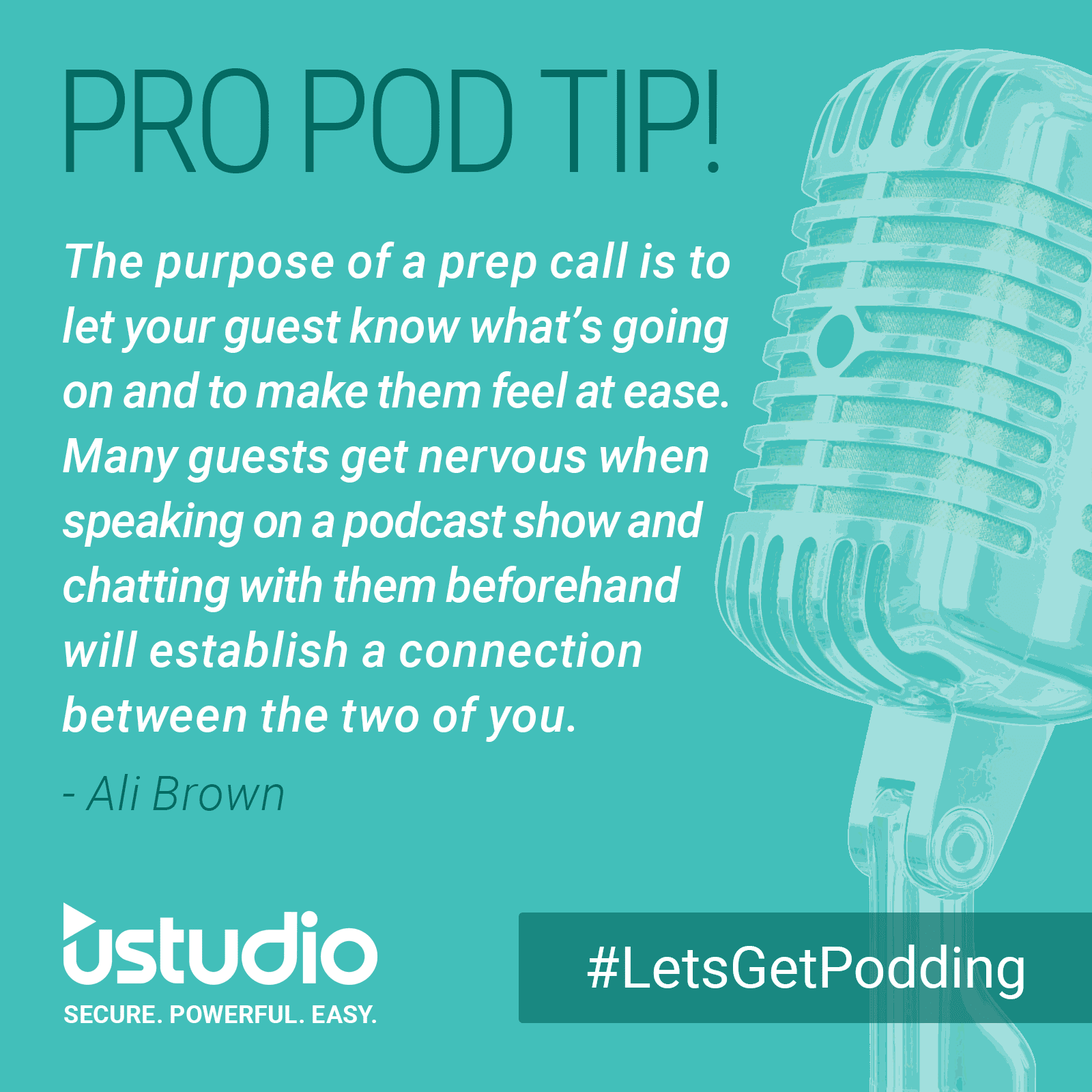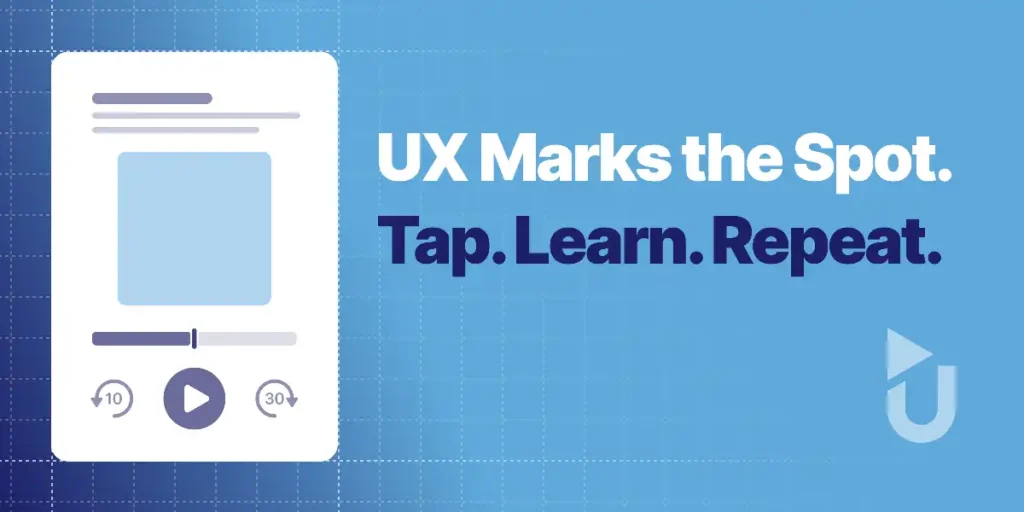Forming a Podcast Production Schedule
uStudio Staff | Podcasting

Don’t let yourself get overwhelmed with the idea of podcast production. A podcast production schedule will allow you to stay consistent and avoid listener abandonment. When it comes time to produce a new podcast episode, it can be helpful to follow some sort of similar and streamlined process across your program.
Timelines and production schedules will depend on your show frequency, content objectives and available resources. The more podcasts you produce, the more aware you will be of the time you need to create and publish each episode beginning to end.
Planning For Podcast Production
As we discussed in our recent blog, a podcast editorial calendar is a great tool for viewing the big picture of your podcast production schedule. You can download our content calendar templates here to help you plan future podcast shows and episodes.
To dive deeper into the planning details of each episode before production, fill out an episode brief to share with your team and potential guest hosts. An episode brief can help you plan out specific sections as well as prepare a script or interview questions. Here, you can also plan for technical requirements or any budgetary reminders. These tools will keep your team focused and organized throughout your production schedule. The more prepared you are for recording, the smoother production will go. You can download an episode brief template here.
We recommend forming a podcast production schedule well in advance to keep things moving at a consistent pace and stop any deadlines from creeping up. Many of our clients find success having a handful of completed episodes up their sleeve. Again, your publishing frequency will determine how often you actually need to record. As shared on their Podcast on Podcasting interview, Astellas Pharma will scope out 4 to 5 podcast episodes to record all at once. This way, they can maximize their time editing and do any post-production work all at once. This also helps them keep to a strict release schedule.
Things to Do Before Recording
There are a few things you should do before recording a new episode to make sure the production process goes smoothly and everything stays on schedule. Test any equipment before recording day. If you need guidance on what podcast equipment is needed, be sure to read our Gear Guide or infographic on How to Podcast From Home.
Soundproof your room to make sure the audio quality will be the best it can be for your audience. Try to record in a space that has limited external and internal noises. This includes your neighbors outside or air conditioning in the house. A small room with soft surfaces should help to eliminate echo or reverb.
Before recording, it is also recommended to have a discovery call with any guests that will be joining you on the episode. Use this time to answer any questions, go over the production schedule and clarify your key talking points. It is also a great opportunity to get more comfortable with your guests.

Recording and Post-Recording
With your production preparation, recording your content should be a piece of cake! Make sure to relax and have fun. The beauty of post-production editing is that certain slip-ups can be removed and audio can be enhanced.
Our friends at LivePerson were able to easily teach themselves editing basics on Garageband through a few short YouTube tutorials. If you have a busy schedule we recommend using a 3rd-party production service, like Resonate Recordings, to help with any mixing and mastering needs. There is typically a short turnaround for services like these.
At the end of the day, always plan to continue working and recording new content at your comfortable pace. Even if you are ahead of schedule it’s never too early to start brainstorming new topics and emailing potential guests. Each week, more and more companies start private podcasting for secure communications. If they can do it - so can you!


